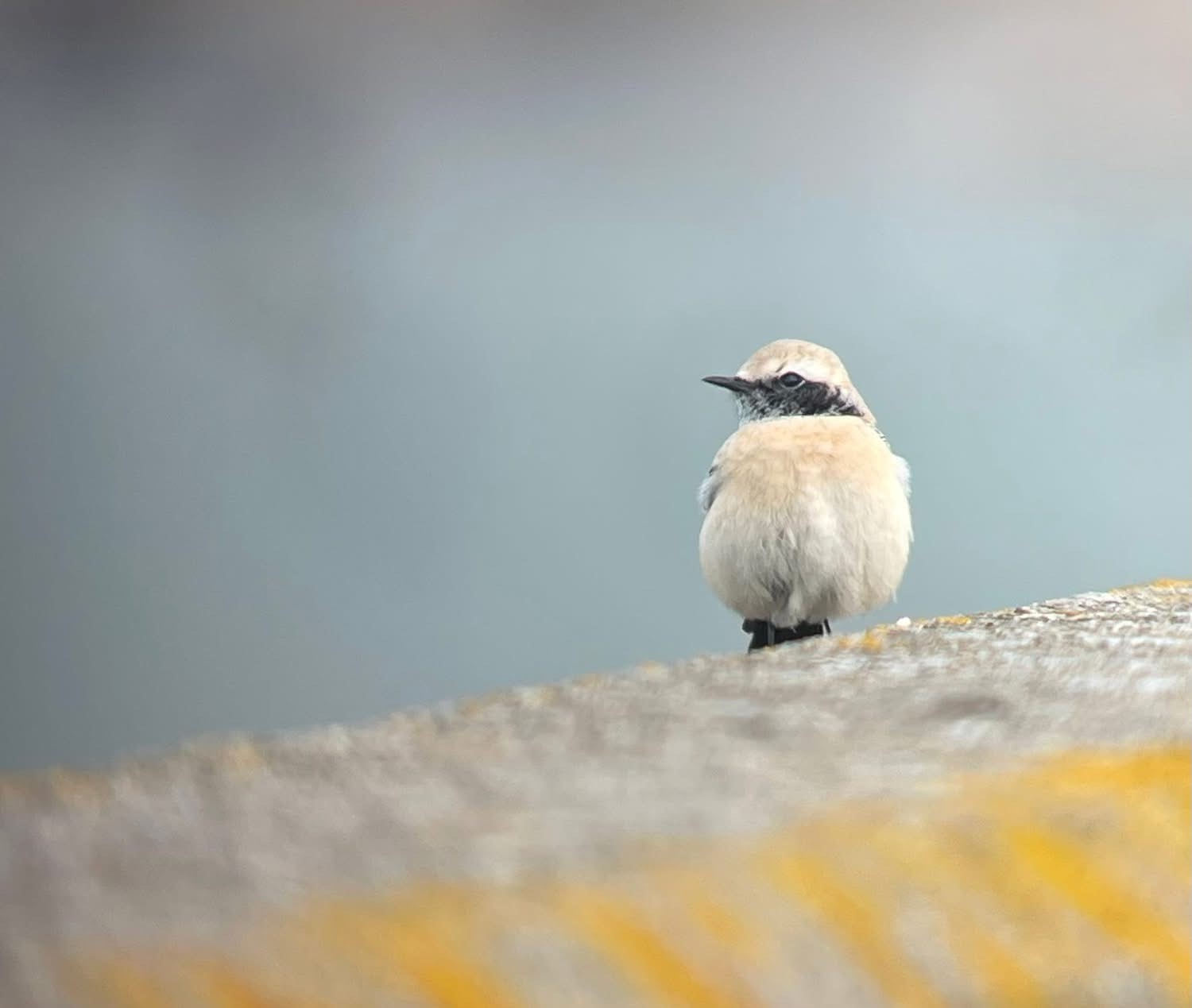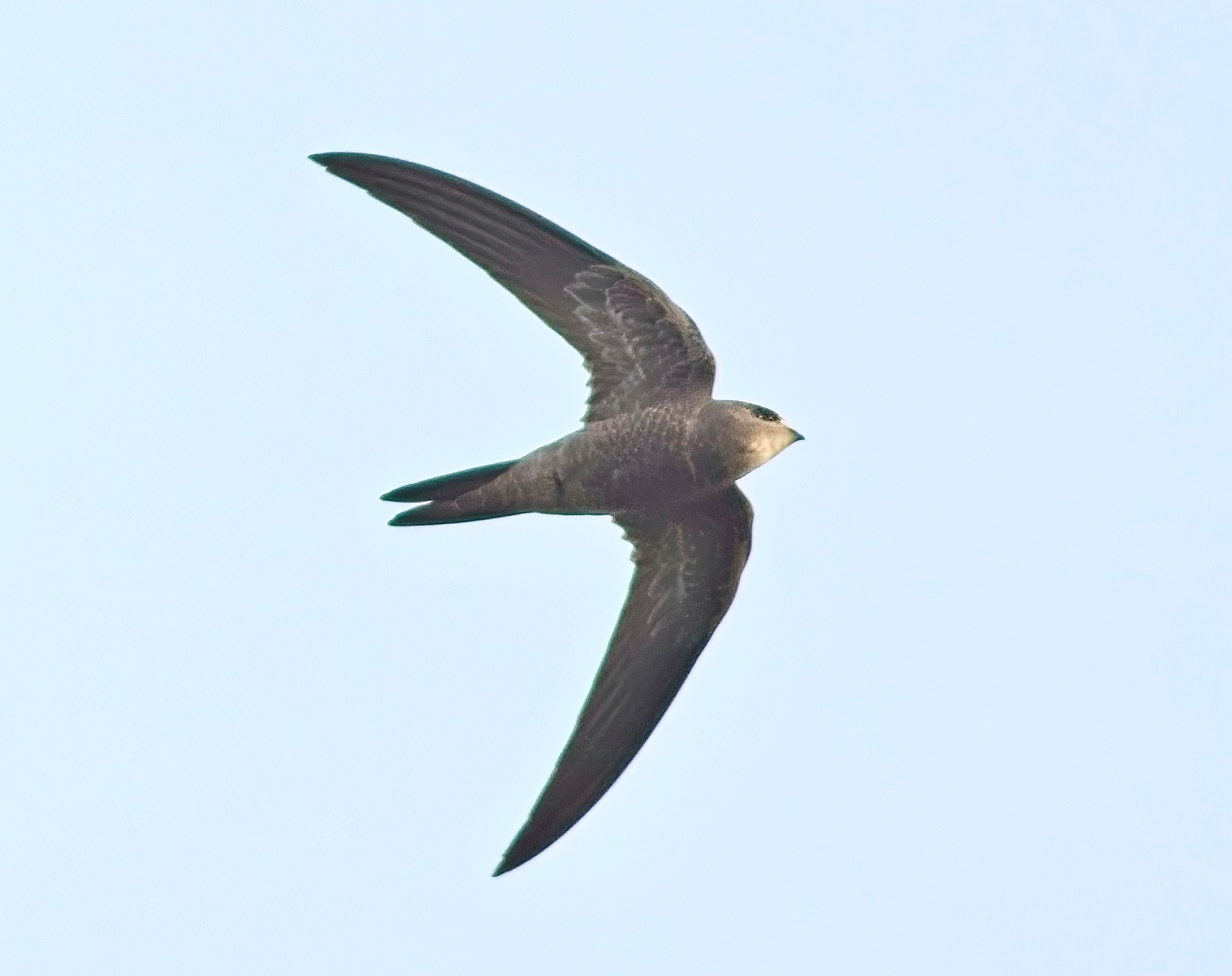 Great Northern Diver - Martin Casemore
Great Northern Diver - Martin Casemore
There was a marked increase in winter geese this week. Taiga Bean Geese were reported from Conningbrook, Northward Hill, Reculver and Worth, with the largest group being 6 birds The number of White-fronted Geese also improved with 210 counted on Sheppey, where there were also upto 6 Pink-footed Geese. Two Shore Lark were seen on the seawall at Conyer on the 19th, while the Glossy Ibis remained at Worth.
The Scaup remained at New Hythe with a new one (a female) discovered at Cliffe Pools. A Little Auk was seen past Foreness on the 23rd with another past North Foreland the next day, where also around 5 Great Skua flew past during the week. Once again a few Velvet Scoter and Black-throated Diver flew past several sea-watching spots, while a juvenile Great Northern Diver took residence at Dungeness RSPB.
Good numbers of Caspian Gulls continued to be seen, with upto 17 at Dungeness, five Hen Harriers (of which three males) continued to come into roost at Grove Ferry, while four Snow Buntings were seen at Reculver this week. A Black-necked Grebe was at the ARC pit at Dungeness. The 10 Bewick's and two Whooper Swans remained at Walland Marsh.
Wishing everyone a Merry Christmas!
Peter Eerdmans
(Thanks to all the observers who posted their records on the KOS Sightings website, BirdGuides, eBird and/or the main Kent Birding WhatsApp groups, Thursday-to-Thursday. Apologies for any omissions. If anyone has any photos they think may be useful for the weekly, please send to me by Wednesday. All records of rarities are still subject to official confirmation by the relevant rarities committees)
 Kent Ornithological Society
Kent Ornithological Society 








